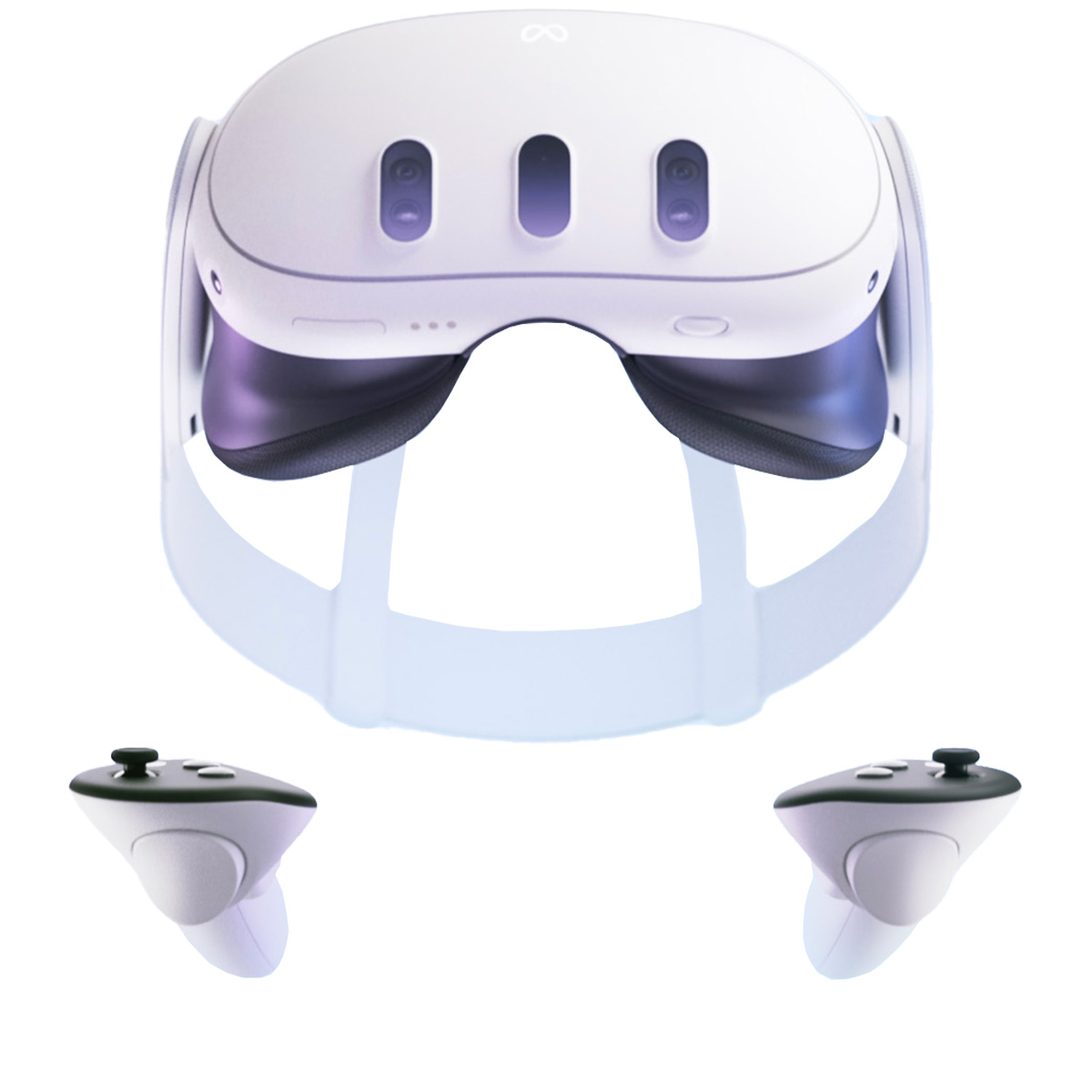Leaked Meta Quest 3s looks like a Quest 2 with a new brain and eyeballs
What you need to know
- XR leaker @Lunayian revealed “exclusive” news about the Meta Quest 3s, codenamed “Ventura” or “Panther.”
- It allegedly uses the same fresnel lenses and display resolution as the Quest 2.
- It may share the Quest 3’s Snapdragon chip, Touch Plus controllers, and RGB passthrough.
The Meta Quest 3s, aka the Quest 3 Lite, has leaked several times in the past few months, including some marketing material and photos. A new leak on Monday gave us a clearer glimpse of what kind of specs to expect, compared to the Quest 3 and Quest 2.
On Twitter/X, leaker Lunayian posted an infographic based on having “seen multiple devkits and spoken to several people familiar with the device.”
Allegedly, the Meta Quest 3s will use the same Snapdragon XR2 Gen 2 chip as the Meta Quest 3. It may also sport dual 4MP RGB cameras with 18 pixels per degree (PPD) passthrough — matching the Quest 3’s specs, despite a different sensor arrangement.
Exclusive: Meta Quest 3s (preliminary naming)Project Codenames: Ventura, PantherI have seen multiple devkits and spoken to several people familiar with the device. Here are all the things I have learned and feel comfortable sharing in a single infographic: pic.twitter.com/OFFURqVODSMay 20, 2024
On the other hand, Lunayian claims the 3s will have the same 1,832 x 1,920 pixels per eye as the Quest 2, well below the Quest 3’s 2064 x 2208 resolution. That 445 ppi resolution boost is one of the key Quest 3 vs. Quest 2 upgrades, lost on this budget headset.
In addition, Meta could bring back Fresnel lenses with only three IPD adjustment points and no redesigned facial interface with in/out depth adjustment for glasses. This will cut costs but make the Quest 3s more front-heavy and less likely to match every person’s eye width than the Quest 3’s 1mm gaps.
Despite these physical downgrades, the Quest 3s will take advantage of its current-gen chip to support all the latest software, like Automated Space Setup and upgraded passthrough.
To our surprise, the Meta Quest 3s could match its pricier sibling in camera quality with four IR sensors, two RGB cameras, and depth sensing. We’re uncertain if the different camera arrangement relates to a difference in quality or if Meta wanted to make the Quest 3s stand out as a different device.
Meta has continued to see strong Quest 2 sales despite the Quest 3’s recent launch, as many prefer affordability to top-end features. This Quest 3s leak shows us how Meta might hit a lower price point while making its new headset smart enough to handle upcoming Quest 3 exclusives.
Questions remain about controllers and pricing

This leak gives a clearer idea of how Meta plans to cut costs, but we don’t know for certain what it will cost. Early leaks suggested an absurdly low $199, while more credible recent rumors indicate $299 is the new target.
Even at $299, we’re uncertain how Meta will reach that price point with the Quest 3s’ expensive upgrades. The answer may depend on whether the Quest 3s ships with controllers.
Lunayian’s leak says the Quest 3s is compatible with the Quest 3’s Touch Plus controllers. Yet credible sources like Bloomberg have claimed Meta considered “not bundling [the 3s] with hand controllers” to hit a lower price point and target Vision Pro fans. While Quest 2 and 3 have great hand-tracking games, many of the most popular games do require controllers.
This Quest 3 manufacturing report shows that the headset costs about $430 to make, and that $300 of that comes from the XR2 Gen 2, camera sensors, battery, plastic housing, and packaging — which the Quest 3s allegedly shares. The remaining $130 stems from the high-res display and pancake lenses, where the 3s will make cutbacks.
We’ll have to wait and see whether Meta can pull off this balancing act between quality and cost-cutting with the Quest 3s when it arrives later this year.

The best VR headset on the market, the Meta Quest 3 costs more than the rumored 3s but with upsides gamers will appreciate, like a more comfortable design with room for glasses, much better resolution, easier IPD adjustment, and more.




